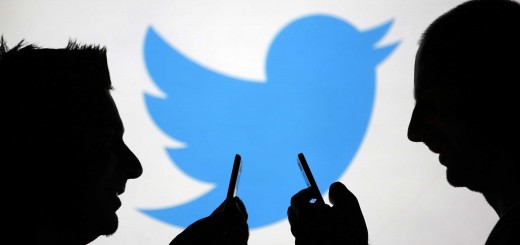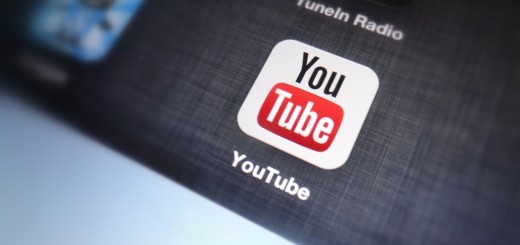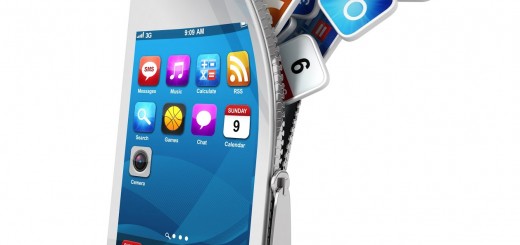Ecommerce fighting all the barriers in India
The year gone by, 2014, will always be remembered as the year that marked the arrival of ecommerce in India. The year was marked with some of the boldest moves by Indian and global players, astronomical valuations of ecommerce companies, strong growth of smartphones and mobile internet and heavy discounting to drive consumers to purchase online.
Let’s get to some numbers first!
The Indian e-commerce market, while still at a relatively nascent stage, is already worth USD 10 billion and expected to grow to USD 43 billion over the next five years. Of all the ecommerce categories, travel still commands 71 per cent share, followed by e-tailing at 16 per cent. However, as we look at the years ahead, e-tailing is expected to be the biggest growth driver, with demand for fashion primarily driving the growth.
Among the devices, smartphones have shown smart growth to reach over 117 million users in India this year and are expected to grow to 205 million by end of 2015. 3G subscriptions are also expected to grow handsomely from 88 million users in 2014 to 173 million users in 2015. Both of these statistics combined make mobile phones the device of choice to reach out to the customers.
As we look ahead to see e-commerce in India scale up to these numbers, it is also important to reflect on the barriers that the industry has faced and overcome so far.
Barrier #1: Consumer behaviour
In India, shopping is a weekend event, which involves several members of the family and is synonymous with an “outing”. While e-commerce makes shopping really easy and hassle free, it also takes the fun of touching, feeling and negotiating with the shopkeeper away from the shopper.
That is where the first barrier lies – in the mind. And changing the behaviour of the consumer is the hardest of all.
Fortunately for the e-commerce players, there are several cities that are devoid of good offline shopping areas, avenues that offer a breadth of choices and they have helped fuel the growth. So have crowded large cities where traffic takes a toll on you every time you venture out.
Barrier #2: Infrastructure
Strong emergence of e-commerce has placed enormous pressure on logistics. With the customers being an impatient lot, this pressure is not just on reliability of delivery but also on shortening the delivery time, timeliness and predictability of delivery. E-commerce further brings additional complexity of dealing with difficult scenarios like free delivery, order rescheduling, cancellation, returns and cash on delivery.
The key to success in e-commerce is an efficient last-mile network and most ecommerce companies have moved on to take control of this critical area. This has not only helped the ecommerce companies deal with the difficult scenarios, but has also helped build customer confidence in reliability of the services.
Barrier #3: Payments
India is a predominantly cash economy. Of 1.2 billion Indians, only 20 million have credit cards and approximately 40 million have an active Internet banking account. So even though the consumer is willing to make a purchase, lack of a credible payment instrument that is widely adopted has been a challenge.
The ecommerce companies came up with a nifty idea, “Cash On Delivery”, to break through this barrier. And while it turned out to be a costly proposition, with high return rates, it did help build the market and spread the service into far flung areas of the country, that were previously considered out of bounds for ecommerce.
Barrier #4: Internet Penetration
Fixed broadband never really took off in India. At an abysmal 1.1 per cent penetration, India ranks 122 in the world for Fixed Broadband Penetration. Add to that the fact that most of India does not own a computer at home and this becomes one of the most formidable barriers to break through.
However, smartphones have really taken off in the last two years and so has the usage of mobile Internet. To top that, initiatives like Android One and entry of makers like Xiaomi have brought down smartphone prices to the INR 5000 – 6000 range making them affordable for the masses. And ecommerce companies not only noticed this development, but also lapped it up with extraordinary focus on building their mobile channel.
And finally, as they say, price breaks all barriers. True that, and e-commerce companies unleashed this weapon many a time last year, to push for growth. Flipkart launched a massive discount promotion with its “Big Billion Day”, MakeMyTrip offers crazy limited period discounts in the “Appy Hour Sale” every Thursday and Google partnered with major ecommerce companies in India to launch “Great Online Shopping Festival”, India’s very own version of “Cyber Monday”.
At the end of it all, it’s the customer who walks away as the clear winner!



